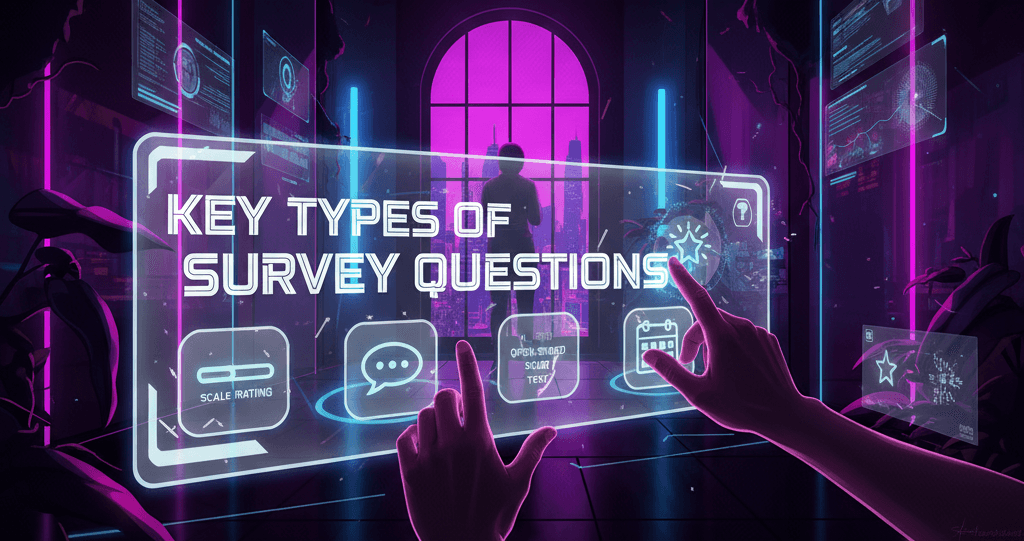In the digital age, capturing high-quality leads is paramount for business growth. Traditional form-building methods often fall short in engaging users and ensuring data accuracy.
Enter AI form builders, tools that leverage artificial intelligence to revolutionize how businesses collect and qualify leads.
This comprehensive guide explores the evolution of form building, the core features of AI form builders, their impact on lead capture and quality, industry-specific applications, ethical considerations, future trends, and more.
The Evolution of Form Building
Traditional Form Building
Historically, creating forms involved manual coding or using basic form builders with limited customization. These forms were static, lacked personalization, and often resulted in low engagement and high abandonment rates.
Emergence of AI in Form Building
The integration of AI into form building has transformed this landscape. AI-powered form builders can:
- Automate form creation based on natural language input
- Enhance user experience by adapting questions in real time
- Improve data quality through validation and error reduction
These advancements lead to more interactive, personalized, and efficient forms that better capture user intent and information.
Core Features of AI Form Builders
1. Natural Language Processing (NLP)
AI form builders utilize NLP to understand and process human language inputs. Users can describe the form they need in plain language, and the AI generates it accordingly.
2. Smart Field Suggestions
Based on the context and purpose of the form, AI suggests relevant fields, like “Resume Upload” for job applications or “Preferred Contact Time” for service inquiries.
3. Conditional Logic
AI enables forms to dynamically display or hide fields based on user responses, improving user flow and reducing abandonment.
4. Integration Capabilities
Modern AI form builders connect with CRMs, email tools, and analytics platforms, ensuring smooth workflows and better follow-ups.
5. Real-Time Analytics
AI tools provide insights like drop-off points, time on form, and conversion rates, critical data for form optimization.
Enhancing Lead Capture Rates with AI
1. Personalization
AI customizes form content based on user behavior or source, increasing the chance of form completion.
2. Multi-Step Forms
AI structures form into digestible steps, reducing cognitive load and encouraging users to finish.
3. A/B Testing
AI can test different versions of the same form in real time, learning which format performs best and implementing changes automatically.
4. Conversational Interfaces
AI powers chatbot-style forms that mimic human conversation, making the experience more engaging.
Improving Lead Quality through AI
1. Lead Scoring
AI assigns scores to leads based on qualification metrics, helping prioritize high-value prospects.
2. Data Validation
AI tools instantly verify email formats, phone numbers, and required fields, reducing junk data and ensuring accuracy.
3. Spam Detection
Advanced algorithms identify suspicious patterns and block spam or bot entries before they hit your CRM.
4. Behavioral Analysis
AI analyzes time spent, hesitation, and interaction data to assess a user’s genuine interest level.
Industry-Specific Applications
1. Healthcare
AI forms simplify patient intake, feedback, and appointment booking while ensuring HIPAA compliance and data protection.
2. E-commerce
Retailers use AI-driven forms for post-purchase feedback, product suggestions, and abandoned cart recovery.
3. Education
Schools and universities implement AI forms for enrollment, feedback, and virtual event registrations.
4. Real Estate
AI forms help qualify buyers, book appointments, and provide dynamic property suggestions based on preferences.
Ethical and Compliance Considerations
1. Data Privacy
AI forms must comply with GDPR, CCPA, and similar laws by securing data, offering opt-ins, and anonymizing sensitive info.
2. Consent Management
Users should know how their data will be used. AI tools can track and manage user consent easily across touchpoints.
3. Transparency
Form copy and UX should clearly communicate what users are signing up for, how their data will be used, and how they can opt out.
Future Trends in AI Form Building
1. Voice-Activated Forms
AI forms will soon let users respond via voice on mobile and desktop, improving accessibility and speed.
2. Predictive Analytics
AI will proactively suggest products, services, or support channels based on form data and user behavior patterns.
3. Integration with AR/VR
Interactive, immersive forms will emerge for sectors like education, real estate, and luxury retail, using AI inside 3D/virtual environments.
Conclusion
AI form builders are transforming how businesses capture and qualify leads. From dynamic personalization to real-time analytics, AI helps drive better engagement and higher-quality conversions.
As customer expectations evolve, businesses that embrace smart form solutions will have the competitive edge in attracting, engaging, and converting leads more effectively.












